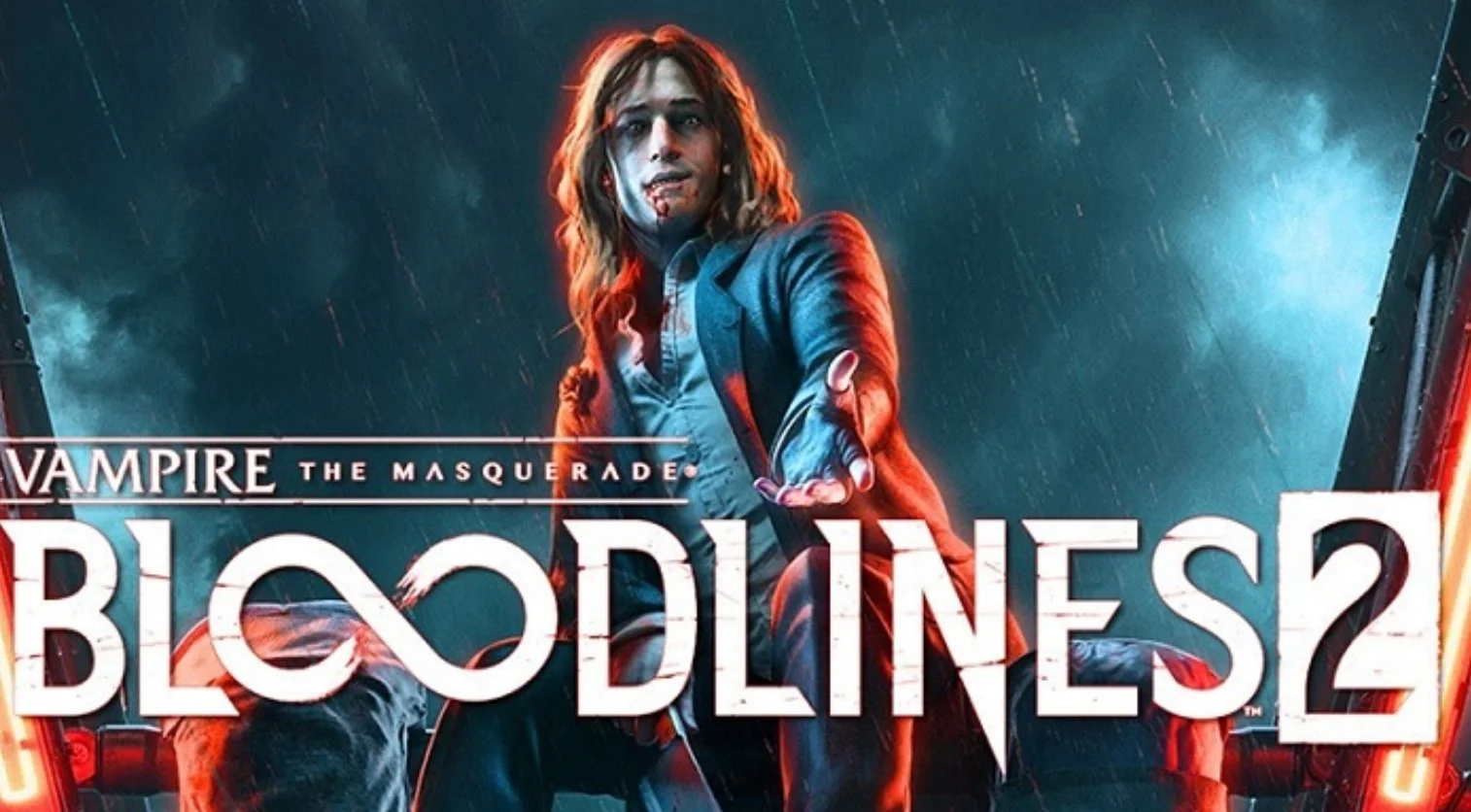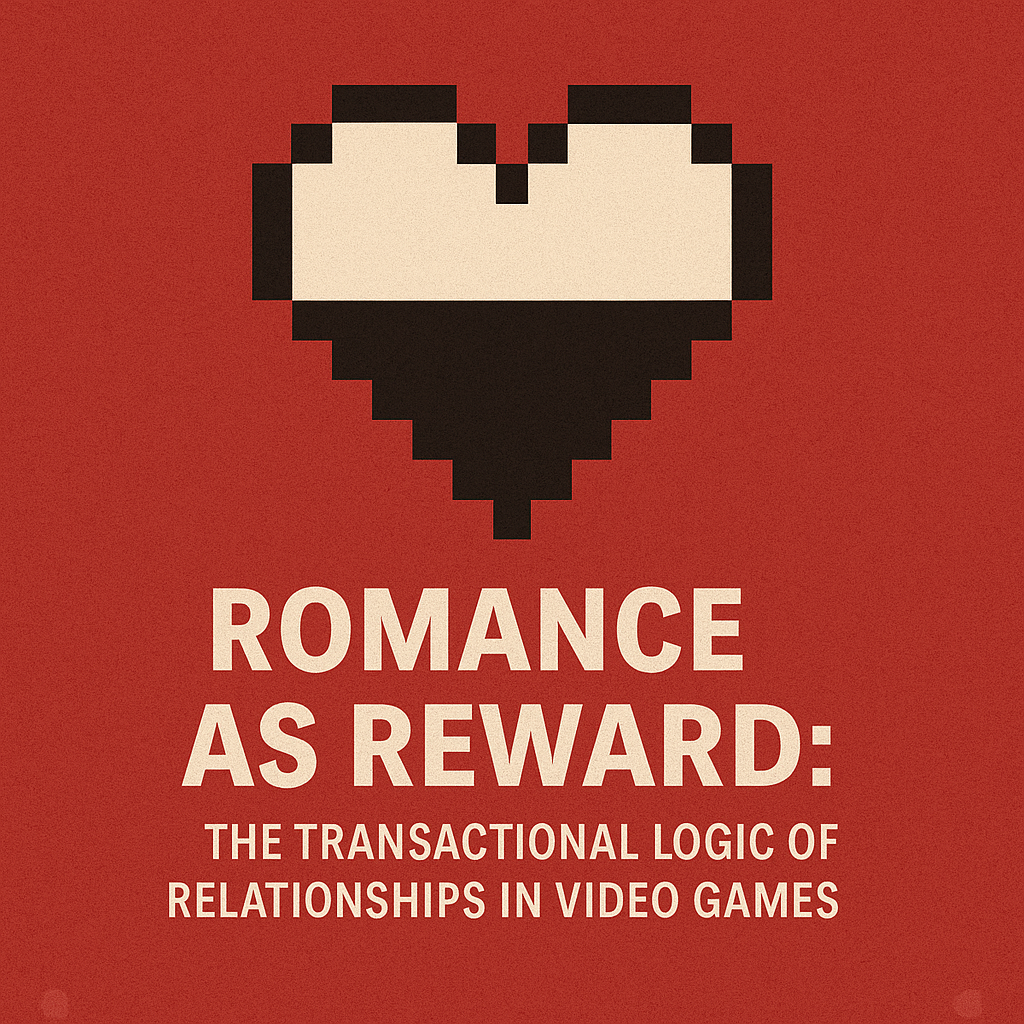Why Dogs are the Best Companions in Videogames
Dogs have been humanity’s closest companions for thousands of years, and their presence in video games is no accident. In game design, creating a compelling companion character is a complex challenge—one that requires balancing believability, emotional engagement, and meaningful gameplay mechanics. Dogs excel as video game companions due to their behavioural consistency, emotional impact, and ability to enhance immersion without the complexities associated with human AI companions.
Dogs Exhibit Consistent and Predictable Behaviour
One of the biggest challenges in game design is making AI companions feel believable. Human NPCs often fall short in this regard due to the high expectations players have for social and cognitive realism. When a human companion exhibits unnatural dialogue, awkward pathfinding, or irrational decision-making, it breaks immersion. Dogs, however, are simpler creatures, and their behavioural expectations are more forgiving. Players do not expect dogs to engage in deep conversations or make independent strategic choices—they expect loyalty, responsiveness, and basic obedience.
From a psychological perspective, dogs fit into what is known as the Uncanny Valley theory: the closer a character mimics human behaviour without achieving realism, the more unsettling or immersion-breaking it becomes. Since dogs are inherently non-verbal and follow simple behavioural cues, their actions do not create this cognitive dissonance in players. Their presence is comforting and believable, enhancing the player’s sense of realism and engagement.
Emotional Bonding and the Role of Oxytocin
Research in psychology suggests that human-animal bonding releases oxytocin, a neuropeptide associated with trust, love, and social bonding. This applies not only to real-life pet ownership but also to digital representations of animals. When players interact with a dog companion—stroking, feeding, or issuing commands—it mimics real-life pet ownership, reinforcing a strong emotional connection.
Games like Fallout 4 with Dogmeat or Fable II with its loyal canine companion capitalize on this effect. Players often report feeling a stronger attachment to their virtual dog than to human NPCs, demonstrating how well games leverage psychological bonding mechanisms. The sense of responsibility, care, and companionship that players feel towards in-game dogs can drive powerful emotional investment, leading to richer storytelling experiences.
Dogs as Cognitive and Emotional Anchors in Storytelling
Video games often use canine companions to serve as emotional stabilizers for the player. This is particularly effective in horror or survival games where the presence of a loyal dog can offset stress and tension. Psychological studies on emotional regulation suggest that pets provide a grounding effect, reducing anxiety and promoting feelings of security.
For example, in Haunting Ground, the protagonist’s dog, Hewie, not only aids in gameplay mechanics but also serves as a comfort mechanism in a psychologically disturbing setting. Similarly, in Metal Gear Solid V: The Phantom Pain, D-Dog (Diamond Dog) serves as both an attack and stealth companion, assisting the player in enemy detection, subduing targets, and providing crucial tactical advantages. His utility reinforces the idea of dogs as both effective and emotionally significant companions in video games.
Enhancing Immersion Through AI Simplicity
From a game development perspective, AI complexity is a significant challenge. Human NPC companions require advanced scripting, dialogue trees, and decision-making capabilities to feel realistic. In contrast, canine AI is relatively straightforward—dogs can follow, bark, attack, retrieve objects, and perform simple contextual actions. Their limited scope of behaviour makes them easier to animate convincingly and reduces the risk of breaking immersion due to awkward or illogical actions.
In Far Cry 5, Boomer the dog serves as a non-verbal companion, marking enemies and retrieving weapons. His AI is programmed to be responsive without overcomplicating interactions, making him one of the most effective and beloved game companions. His presence adds tactical depth without overwhelming the player with unnecessary complexity.
Dogs and Player Motivation: Reinforcing Reward Systems
Game developers utilize reinforcement learning principles to design engaging experiences. Dogs fit seamlessly into these mechanics by rewarding players through their responses and behaviours. When a dog companion finds an item, helps in combat, or expresses joy upon reuniting with the player, it triggers a sense of achievement and reinforcement.
In Fable II, the player's dog plays a crucial role in treasure hunting and combat assistance. Because the dog reacts positively to the player's actions, it creates an ongoing loop of positive reinforcement that strengthens emotional attachment. This kind of feedback loop taps into operant conditioning, where consistent rewards increase player engagement and satisfaction.
Simply Put
Dogs make excellent video game companions because they align with both psychological expectations and game development constraints. Their predictable behaviour, emotional impact, immersion-enhancing qualities, and ability to reinforce game mechanics make them ideal partners for players. Unlike human NPCs, they require minimal narrative complexity while still providing deep emotional engagement. As AI and animation technologies continue to improve, we can expect even more nuanced and compelling canine companions in future video games.
References
Thank you for reading! If you’re curious about the psychological magic behind gaming, head over to our Psychology of Videogames section. Learn how immersive character design, reward systems, and cognitive processes fuel our fascination with virtual worlds. From player engagement to mental well-being, discover what makes certain games so captivating—and how these insights apply to real life.







